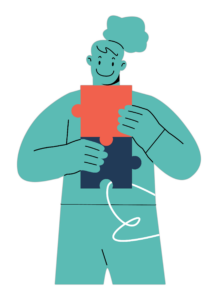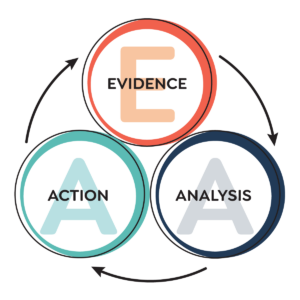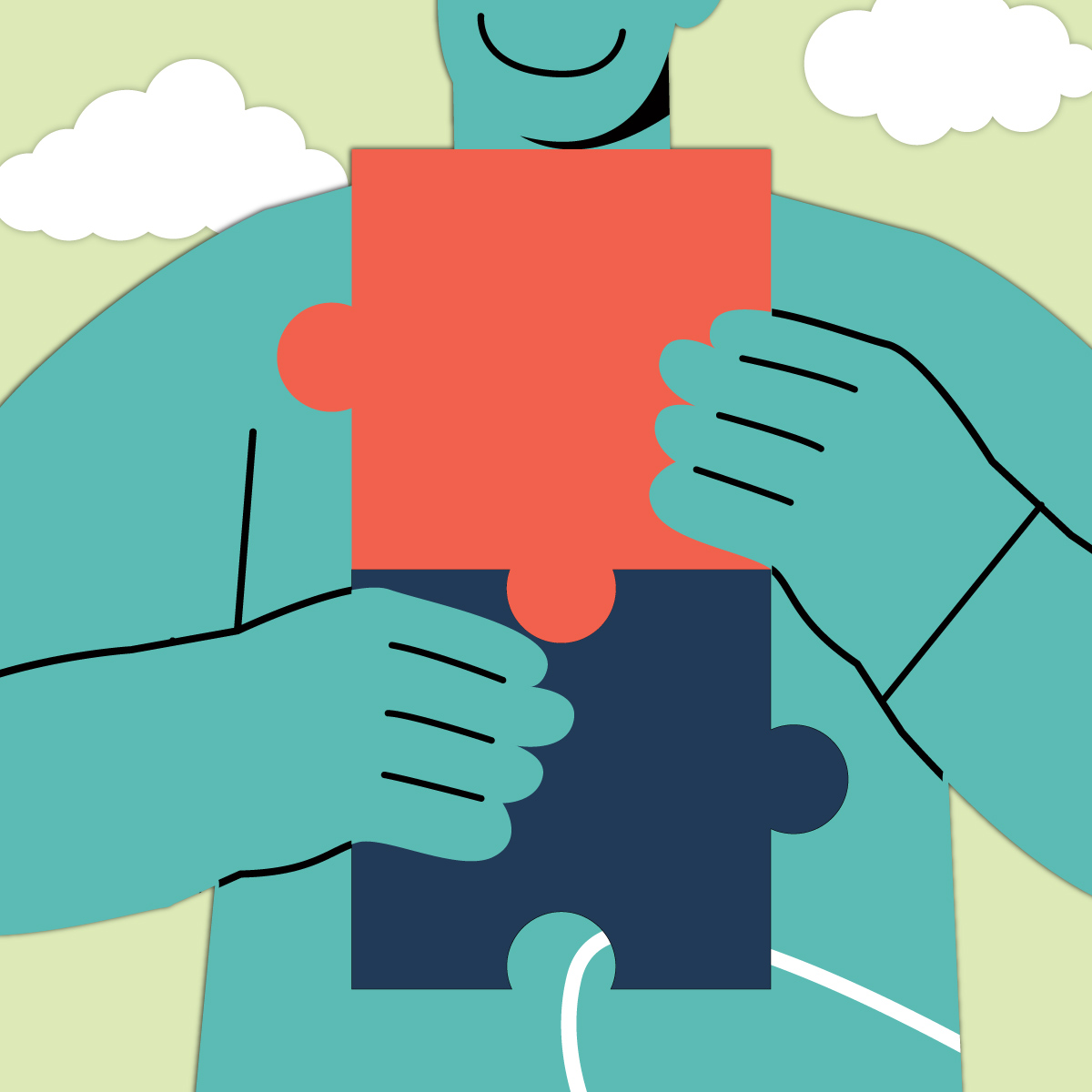 The whiteboard is covered in notes from a recent Impact Team session—success criteria sketched out in bold marker, key academic vocabulary circled in blue, and a sticky note in the corner reads, “Invite students to name their strategy!”
The whiteboard is covered in notes from a recent Impact Team session—success criteria sketched out in bold marker, key academic vocabulary circled in blue, and a sticky note in the corner reads, “Invite students to name their strategy!”
Three teachers gather near the front of the room, one stepping up with a clipboard and a smile. “Okay,” she says, “I’m going to model how I introduce goal setting as a learning-to-learn strategy. I’ll show how students can use success criteria to track progress and reflect at the end.”
The others nod, pens ready — not to critique, but to notice. To reflect. To learn.
This is micro-teaching — a high-impact practice embedded in the Leading Impact Team Model where educators rehearse short instructional moments that model learning-to-learn strategies and grow student agency. The goal isn’t performance—it’s transformation.
What Is Micro-Teaching?
Micro-teaching is a short, intentional teaching segment (5–10 minutes) designed to spotlight one powerful move that supports learner agency, efficacy, and self-regulation.
Teachers record themselves modeling strategies like self-assessment, goal setting, self-questioning, or metacognition, and bring the footage to their team to reflect collaboratively.
It’s not about showing off. It’s about practicing what we want students to practice: learning how to learn.
Focus areas include:
- Introducing self-assessment with success criteria
- Modeling how to set and monitor SMART goals
- Teaching students how to reflect on their progress
- Scaffolding self-questioning and metacognitive routines
- Creating space for students to track and respond to feedback
- And more..
John Hattie gives micro-teaching an effect size of 0.88 — one of the most powerful influences on learning because it builds collective teacher efficacy and models what matters most: student ownership of learning.
The EAA Framework in Micro-Teaching
 EVIDENCE:
EVIDENCE:
What learning-to-learn strategy are we modeling, and how does it connect to our learning goal?
Impact Teams begin by selecting a priority standard and co-constructing the learning intention and success criteria with students. Then, the team identifies a learning-to-learn strategy that will help students take ownership, like how to reflect using the criteria, track their effort, or revise based on peer feedback.
A teacher scripts and records a short mini-lesson that models the strategy clearly and accessibly, always with student agency in mind.
“What strategy will help students move from compliance to ownership?”
“How does this model give students language and tools to direct their learning?”
ANALYSIS:
What did we notice about the strategy, and how might students respond?
The team reviews the recorded segment together using protocols that invite curiosity, empathy, and equity. They ask:
- Did the teacher clearly name and model the strategy?
- Would students understand how this helps them grow?
- Was there space for reflection, dialogue, and meaning-making?
- Were multilingual learners and diverse cultural expressions included and affirmed?
The purpose is to refine not just what is taught, but how we empower learners to own it.
ACTION:
What’s our next best move to strengthen learner agency?
Impact Teams reflect and respond by:
- Co-designing a new way to introduce the strategy
- Offering students more choice and voice in how they engage with it
- Building in more time for peer discussion or student reflection
- Re-teaching or refining based on student feedback
These small, iterative moves compound over time. They create classrooms where learning strategies are not just taught, but practiced — and owned — by students.
Tools to Record Micro-Teaching with Confidence
You don’t need a film crew—just the right tools for clarity and ease.
🌀 Top Pick: SWIVL Robot CX or C Series
- Tracks teacher movement automatically
- Includes wireless mic for clear audio
- Easily uploads to Swivl cloud for team sharing
🎥 Modern Alternatives: OBSBOT Tiny 2 or Pivo Pod Pro
- OBSBOT Tiny 2: AI-powered 4K webcam that auto-tracks
- Pivo Pod Pro: Affordable phone mount with 360° auto-tracking—great for movement-rich instruction
🎤 Mic for Clear Audio
- Try: Rode Wireless ME, DJI Mic 2, or Hollyland Lark M2
- These clip-on mics ensure audio clarity, critical for hearing how strategies are explained
📄 Use Transcription & Annotation Tools
- Otter.ai and Descript can create transcripts of the micro-teaching clip
- Highlight key teacher talk, student questions, or instructional moves for team discussion
🔐 Protect Student Privacy
- Blur or crop out student faces as needed
- Focus recordings on the teacher or use avatars/slides for strategy modeling
- Always follow school/district privacy protocols
The Street Data Connection
Shane Safir and Jamila Dugan in Street Data remind us to ground our practice in the lived experiences of learners—not distant dashboards or rigid pacing guides.
Micro-teaching brings this philosophy to life. It centers the how of learning—honoring the internal tools students need to thrive: reflection, agency, feedback, and goal setting.
Street data invites us to see students not as data points, but as whole people.
In modeling these strategies, teachers invite students into the center of the learning process—not just as recipients, but as co-designers.
Why This Matters: Agency Is the Goal
When Impact Teams center micro-teaching around learning-to-learn strategies, they activate what Hattie calls student self-regulation—another high-impact factor with an effect size of 0.75.
→ Used consistently, this practice builds a culture where:
→ Teacher teams co-learn and grow together
→ Students are equipped with strategies to monitor and direct their own learning
→ Equity is advanced through student reflection, ownership, and voice
From Reflection to Transformation
In a system obsessed with pace and performance, micro-teaching helps us pause. It helps us practice with purpose.
And most importantly, it reminds us:
The most meaningful learning happens when students are not just being taught, but are learning how to learn—and leading their own growth.



